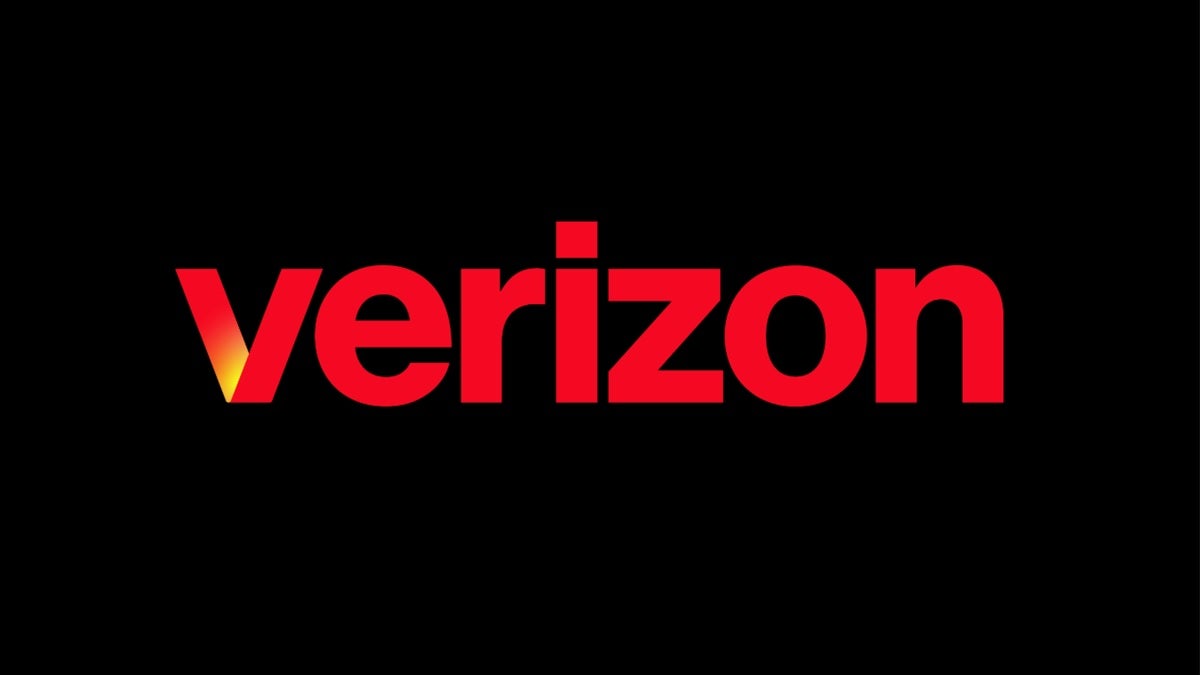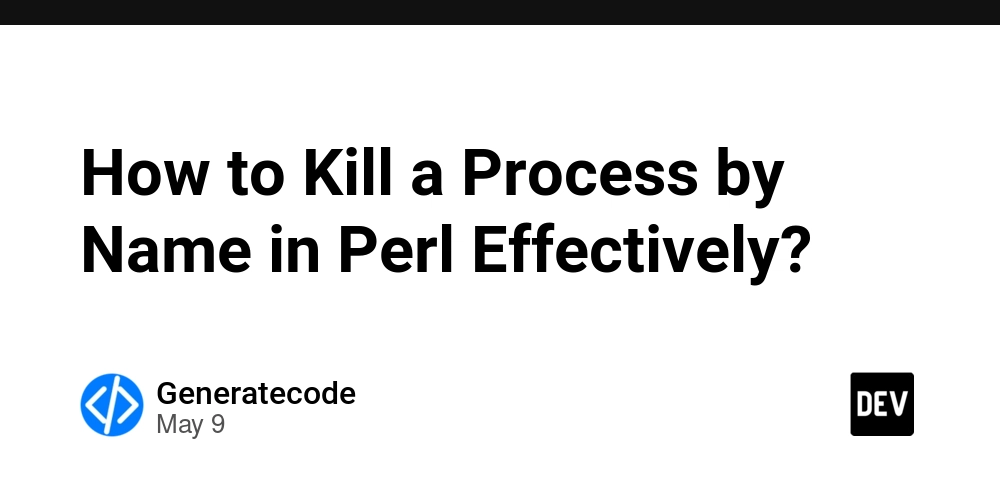Navigating Open Source Licenses: The Case of Theta Drop
Abstract This post dives deep into the management of open source licenses using the Theta Drop case as a guiding example. It covers the history and context of open source licensing, core concepts, features, and practical challenges. We explore how the Theta Drop NFT marketplace leverages licenses such as the GNU General Public License, MIT License, and Apache License, and explain the need for automated license tracking, regular audits, and community engagement. In addition, we include a detailed table comparing prominent open source licenses and bullet lists to highlight key points, along with links to resources and expert Dev.to articles on blockchain innovation and funding strategies. This technical yet accessible post is designed for developers, project managers, and tech enthusiasts eager to understand and manage open source licenses in rapidly evolving ecosystems. Introduction Open source licenses have become the backbone of modern software development. They provide legal frameworks that not only ensure freedom and collaboration but also form the structural backbone for innovation. This post discusses the nuances of open source license management by using Theta Drop—a blockchain-based NFT marketplace built on the Theta network—as a case study. We will explore core licensing challenges, discuss the benefits of automated open source tracking, and provide insights into how effective license management is instrumental in bridging the gap between open source and proprietary frameworks in blockchain technology. Key Terms: Open Source Licensing Theta Drop NFT Marketplaces Blockchain Technology License Management Background and Context The Evolution of Open Source Licenses Over the years, open source licenses have evolved from simple guidelines into legally binding frameworks. Early versions aimed to encourage code sharing, but today’s licenses—such as the GNU GPL, MIT, and Apache—ensure compliance, security, and collaboration on a global scale. Open source licensing has even found its way into blockchain and NFT projects as platforms like Theta Drop benefit from its robust and transparent frameworks. The Emergence of Blockchain-Based NFT Marketplaces Blockchain technology revolutionized digital asset ownership by establishing decentralized systems. Theta Drop, for instance, uses blockchain to facilitate efficient NFT trading, ensuring secure transactions and immutability. By integrating established open source licenses, platforms can harness the benefits of peer-reviewed code, thus reducing vulnerabilities and overcoming legal roadblocks in an ever-evolving blockchain ecosystem. Ecosystem Context and Legal Considerations The open source ecosystem includes numerous licensing models that help manage collaboration between developers, companies, and communities. Effective license management is especially crucial when business models combine open source elements with proprietary technologies—a theme that resonates throughout Theta Drop’s operations. For further reading on blockchain licensing models, refer to Open Source Licensing Models on Blockchain. Core Concepts and Features Open Source License Management in Practice Theta Drop has adopted several strategic measures for ensuring that its technology ecosystem remains compliant and secure: Clear Licensing Policies: Theta Drop maintains a transparent licensing policy that outlines the use of open source components. By clearly defining which licenses apply to which parts of the code, the platform minimizes legal ambiguities. Automated License Tracking: Using tools such as software composition analysis (SCA), Theta Drop automates the tracking of open source licenses. This automation ensures that every component is reviewed regularly, reducing risks associated with license incompatibility. Regular Audits and Monitoring: Frequent audits allow for updates and verifications, ensuring ongoing compliance with open source licenses. This is crucial for platforms handling complex assets like NFTs. Community Engagement: Active participation in open source communities keeps the platform up-to-date with evolving licensing norms. Engagement helps developers understand subtle shifts in compliance requirements while fostering a spirit of collaboration. Legal Consultation: Maintaining connections with legal experts specialized in open source licensing helps Theta Drop navigate regulatory landscapes and intellectual property (IP) disputes. Comparing Leading Open Source Licenses Below is a table that compares three widely adopted licenses and their key features: License Key Features Common Use Cases GNU General Public License (GPL) Strong copyleft, ensures derivative works remain open sourced. Enterprise software, community-driven projects MIT License Permissive, minimal restrictions, easy integration in proprietary projects. Startups, indie projects,
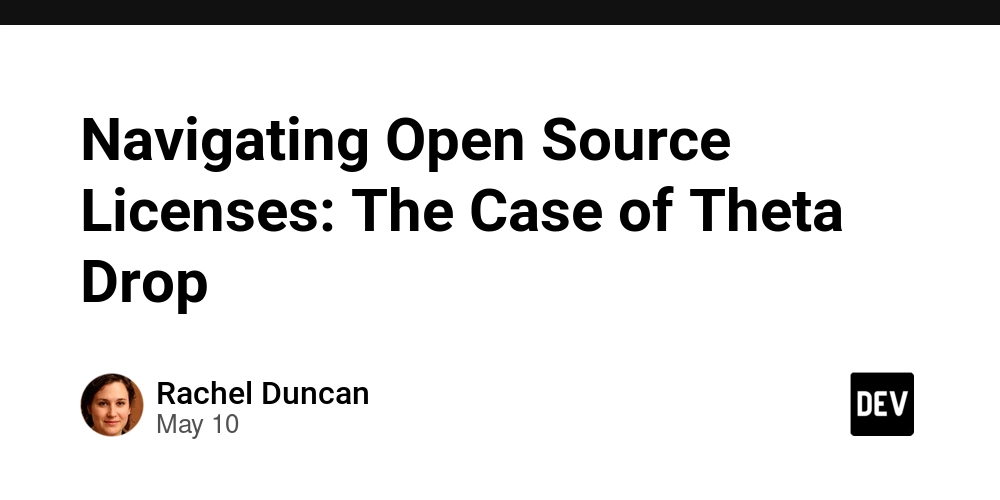
Abstract
This post dives deep into the management of open source licenses using the Theta Drop case as a guiding example. It covers the history and context of open source licensing, core concepts, features, and practical challenges. We explore how the Theta Drop NFT marketplace leverages licenses such as the GNU General Public License, MIT License, and Apache License, and explain the need for automated license tracking, regular audits, and community engagement. In addition, we include a detailed table comparing prominent open source licenses and bullet lists to highlight key points, along with links to resources and expert Dev.to articles on blockchain innovation and funding strategies. This technical yet accessible post is designed for developers, project managers, and tech enthusiasts eager to understand and manage open source licenses in rapidly evolving ecosystems.
Introduction
Open source licenses have become the backbone of modern software development. They provide legal frameworks that not only ensure freedom and collaboration but also form the structural backbone for innovation. This post discusses the nuances of open source license management by using Theta Drop—a blockchain-based NFT marketplace built on the Theta network—as a case study. We will explore core licensing challenges, discuss the benefits of automated open source tracking, and provide insights into how effective license management is instrumental in bridging the gap between open source and proprietary frameworks in blockchain technology.
Key Terms:
- Open Source Licensing
- Theta Drop
- NFT Marketplaces
- Blockchain Technology
- License Management
Background and Context
The Evolution of Open Source Licenses
Over the years, open source licenses have evolved from simple guidelines into legally binding frameworks. Early versions aimed to encourage code sharing, but today’s licenses—such as the GNU GPL, MIT, and Apache—ensure compliance, security, and collaboration on a global scale. Open source licensing has even found its way into blockchain and NFT projects as platforms like Theta Drop benefit from its robust and transparent frameworks.
The Emergence of Blockchain-Based NFT Marketplaces
Blockchain technology revolutionized digital asset ownership by establishing decentralized systems. Theta Drop, for instance, uses blockchain to facilitate efficient NFT trading, ensuring secure transactions and immutability. By integrating established open source licenses, platforms can harness the benefits of peer-reviewed code, thus reducing vulnerabilities and overcoming legal roadblocks in an ever-evolving blockchain ecosystem.
Ecosystem Context and Legal Considerations
The open source ecosystem includes numerous licensing models that help manage collaboration between developers, companies, and communities. Effective license management is especially crucial when business models combine open source elements with proprietary technologies—a theme that resonates throughout Theta Drop’s operations. For further reading on blockchain licensing models, refer to Open Source Licensing Models on Blockchain.
Core Concepts and Features
Open Source License Management in Practice
Theta Drop has adopted several strategic measures for ensuring that its technology ecosystem remains compliant and secure:
Clear Licensing Policies:
Theta Drop maintains a transparent licensing policy that outlines the use of open source components. By clearly defining which licenses apply to which parts of the code, the platform minimizes legal ambiguities.Automated License Tracking:
Using tools such as software composition analysis (SCA), Theta Drop automates the tracking of open source licenses. This automation ensures that every component is reviewed regularly, reducing risks associated with license incompatibility.Regular Audits and Monitoring:
Frequent audits allow for updates and verifications, ensuring ongoing compliance with open source licenses. This is crucial for platforms handling complex assets like NFTs.Community Engagement:
Active participation in open source communities keeps the platform up-to-date with evolving licensing norms. Engagement helps developers understand subtle shifts in compliance requirements while fostering a spirit of collaboration.Legal Consultation:
Maintaining connections with legal experts specialized in open source licensing helps Theta Drop navigate regulatory landscapes and intellectual property (IP) disputes.
Comparing Leading Open Source Licenses
Below is a table that compares three widely adopted licenses and their key features:
| License | Key Features | Common Use Cases |
|---|---|---|
| GNU General Public License (GPL) | Strong copyleft, ensures derivative works remain open sourced. | Enterprise software, community-driven projects |
| MIT License | Permissive, minimal restrictions, easy integration in proprietary projects. | Startups, indie projects, most web applications |
| Apache License 2.0 | Explicit patent grant, permissive, and allows modifications without disclosing modifications. | Large-scale, enterprise-level projects, innovative blockchain applications |
This comparison clearly demonstrates how each license serves different strategic needs, from ensuring code remains free and accessible to protecting innovations through explicit patent clauses.
Key Overlapping Concepts
There is significant overlap between open source licensing and blockchain technology:
- Transparency: Both open source and blockchain emphasize transparency in operations, which builds trust among developers and users.
- Collaboration: The open source model relies heavily on community collaboration—a fundamental principle shared with many blockchain initiatives.
- Security: Continuous audits and peer review are standard practices that help both open source projects and blockchain networks protect against vulnerabilities.
For further insights into how blockchain projects are funded and managed, check out Navigating the Future: Blockchain Project Funding and Interoperability on Dev.to.
Applications and Use Cases
1. NFT Marketplaces
Theta Drop serves as a prime example of how NFT marketplaces can integrate open source licensing to enhance transparency and security. By adopting open source elements, NFT platforms ensure that users have confidence in the transactions and asset verifications performed on the blockchain. This model not only boosts user trust but also streamlines the innovation process.
2. Hybrid Technology Integration
Many platforms are now blending proprietary algorithms with open source frameworks. Theta Drop successfully balances open source software with proprietary backend technologies. This hybrid approach fosters an environment where innovation is continuous, yet intellectual property is protected. For more information on balancing these technologies, explore Sustainable Blockchain Practices.
3. Community-Driven Governance
Community engagement is central to the evolution of many blockchain platforms. Theta Drop engages the community in governance decisions, incorporating user feedback to refine licensing practices and development processes. Notably, this approach often mirrors trends seen in other domains of open source where community contribution shapes the overall direction of the project. Further examples of community-driven ecosystems can be found in Community Engagement Strategies.
Additional Use Case: Open Source Funding
The open source model has fostered creative funding strategies, including sponsorships and community grants. Projects like Theta Drop leverage these funding methods to sustain development and innovation. A detailed view of alternative funding strategies can be seen in articles like License Token Revolutionizing Open Source Licensing.
Challenges and Limitations
While the adoption of open source licenses has many advantages, several challenges must be addressed:
- License Compatibility: Integrating components with different licenses can lead to conflicts. Ensuring compatibility is critical to avoid legal ramifications.
- Security Vulnerabilities: Open source software, despite robust community review, can be vulnerable if not audited regularly. Regular checks and automated tools are essential for mitigating these risks.
- Governance Complexity: Balancing community input with strategic business objectives can complicate governance structures.
- Legal and Regulatory Uncertainties: Navigating copyright, patent, and intellectual property issues within different jurisdictions remains a challenge, especially in a rapidly evolving blockchain environment.
A bullet list summarizing key challenges:
- License Compatibility Issues: Merging incompatible open source licenses.
- Vulnerability Management: Identifying and patching security loopholes timely.
- Regulatory Complexity: Differing international legal frameworks.
- Governance Disputes: Balancing community input with bottom-line business strategies.
For more technical discussions on open source funding challenges and overcoming limitations, consider reading Navigating Developer Compensation Models: A Modern Approach by Dev.to contributors.
Future Outlook and Innovations
Trends in Open Source and Blockchain
The future promises further convergence between open source licensing and blockchain technology. Several trends signal the way forward:
- Enhanced Security Automation: The use of machine learning and artificial intelligence in automated audits will likely reduce vulnerabilities and streamline compliance processes.
- Tokenized Licensing Models: There is growing interest in tokenizing open source licenses as a means to simplify license tracking and create new funding mechanisms. Explore the concept at Tokenizing Open Source Licenses.
- Decentralized Governance: With blockchain’s inherent decentralization, new governance frameworks will emerge, giving communities a greater voice in how licenses are managed.
- Integration with Traditional Funding: By blending open source fundraising with blockchain-enabled sponsorship platforms, a more sustainable funding ecosystem is expected to evolve. For a deeper dive into these funding streams, check out Crowdfunding Open Source Development and Blockchain Innovation: A New Era.
Innovations on the Horizon
Tech giants and startups alike are exploring innovative applications of open source technologies in blockchain domains. Some emerging trends include:
- Smart Contract Auditing Tools: Leveraging blockchain to create transparent audit trails for smart contracts.
- Interoperability Enhancements: Efforts to bridge various blockchain platforms with open source methods are underway, promising smoother integrations between networks.
- Sustainability Initiatives: Emphasis on sustainable blockchain practices continues to grow, with platforms focusing on minimizing energy consumption while maximizing open source contributions.
The convergence of open source licensing and blockchain innovation represents an exciting frontier. Not only does it foster technological advancement, but it also supports a more inclusive and sustainable innovation ecosystem.
For broader insights on these topics, visit Navigating the Future: Blockchain Project Funding and Interoperability on Dev.to.
Summary
In summary, the case of Theta Drop provides a clear window into the complexities and advantages of managing open source licenses within the blockchain space. Key takeaways include:
- Importance of Clear Licensing Policies: Transparent policies ensure that all involved parties are on the same page regarding the use and distribution of code.
- Automation and Regular Audits: Tools such as SCA enable timely identification of vulnerabilities and ensure license compliance.
- Community and Legal Engagement: Continuous engagement with open source communities and legal experts is critical to adapt to evolving licensing norms and regulations.
- Innovative Funding Models: Tokenized licensing and decentralized governance represent new funding and management strategies for sustainable open source projects.
Below is a summary table highlighting the benefits and challenges:
| Aspect | Benefits | Challenges |
|---|---|---|
| Transparency | Builds trust, encourages collaboration | Requires rigorous auditing and monitoring |
| Automation | Reduces manual errors, improves compliance | Implementation costs, integration complexities |
| Community Engagement | Enhanced innovation, collective troubleshooting | Balancing diverse opinions with strategic direction |
| Legal Consultation | Mitigates liability, ensures regulatory adherence | Often costly and jurisdiction-specific |
The evolution of open source licenses in blockchain and NFT platforms like Theta Drop demonstrates that a well-implemented licensing strategy is not only a legal necessity but also a catalyst for innovation. By embracing automation, community input, and robust legal frameworks, platforms can navigate the complex landscape of open source licensing effectively.
As we look to the future, the trend towards integrating tokenization and decentralized governance with traditional open source models will drive further advancements, offering greater security, efficiency, and innovation. Meanwhile, resources like License Token Revolutionizing Open Source Licensing provide valuable insights into the evolving landscape of open source funding and governance.
For those keen on staying ahead of these trends, continuous learning and active involvement in community initiatives will be key. Engaging with expert discussions on platforms such as Dev.to helps developers and project leaders grasp the critical aspects of open source licensing, ensuring that both innovation and compliance go hand-in-hand.
Final Thoughts
The Theta Drop case study illustrates that open source licensing is far more than just legal compliance—it is a dynamic enabler of innovation, community collaboration, and sustainable growth in the blockchain arena. As open source principles continue to permeate various aspects of technology, platforms that innovate in license management will thrive and set benchmarks for the entire industry.
By combining robust policy frameworks, advanced automation tools, and effective community and legal engagement, projects like Theta Drop not only mitigate risks but also unlock new possibilities in the converging worlds of blockchain, NFTs, and open source technology. Embracing these strategies is essential for businesses that wish to maintain a competitive edge while fostering an environment of transparency and trust.
Whether you are a developer, project manager, or blockchain enthusiast, understanding and effectively managing open source licenses is vital to building the next generation of secure, innovative, and consensually governed digital platforms.
For further reading on related topics, check out additional resources such as Exploring Ethical Licensing: A Deep Dive into the Hippocratic License and Open Source: A Goldmine for Indie Hackers. These articles underscore the critical importance of blending licensing strategies with innovative funding and governance models to drive sustainable growth in the ever-evolving tech landscape.
In conclusion, effective open source license management is not only about following legal norms—it’s about creating an ecosystem where transparency, creativity, and technical excellence drive future innovations. As we continue to witness the rapid evolution of blockchain technology and NFT marketplaces like Theta Drop, the integration of proven open source licensing strategies promises a resilient and dynamic future for the tech community.
Happy coding and legal compliance!










































































































































































![[The AI Show Episode 146]: Rise of “AI-First” Companies, AI Job Disruption, GPT-4o Update Gets Rolled Back, How Big Consulting Firms Use AI, and Meta AI App](https://www.marketingaiinstitute.com/hubfs/ep%20146%20cover.png)












































































































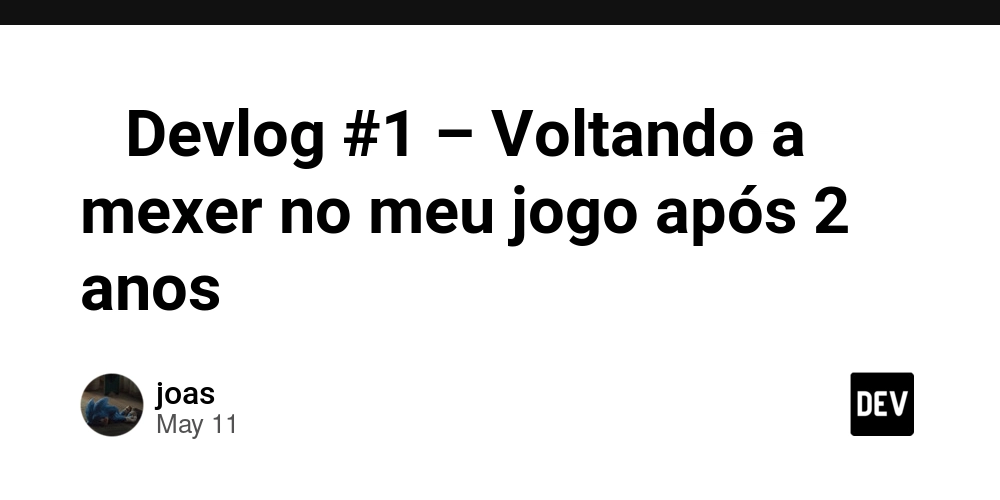

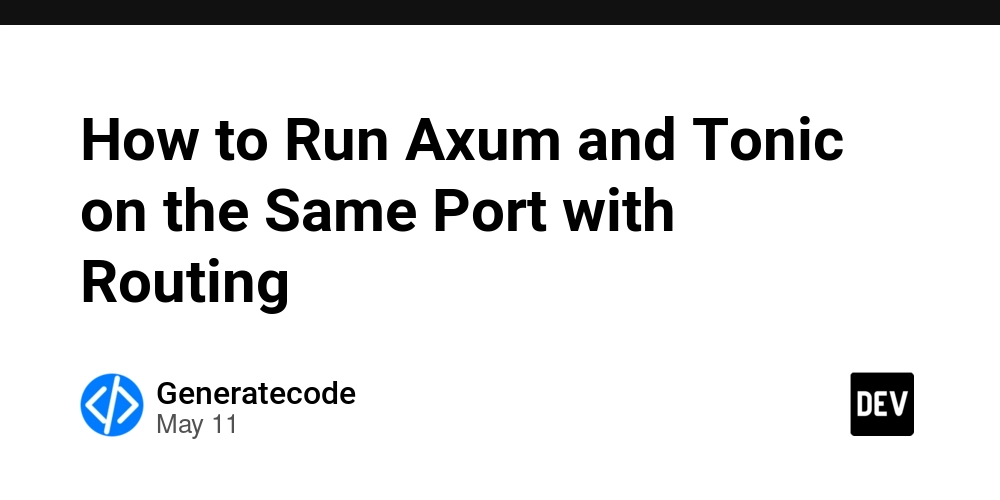













![[FREE EBOOKS] Offensive Security Using Python, Learn Computer Forensics — 2nd edition & Four More Best Selling Titles](https://www.javacodegeeks.com/wp-content/uploads/2012/12/jcg-logo.jpg)



![Ditching a Microsoft Job to Enter Startup Purgatory with Lonewolf Engineer Sam Crombie [Podcast #171]](https://cdn.hashnode.com/res/hashnode/image/upload/v1746753508177/0cd57f66-fdb0-4972-b285-1443a7db39fc.png?#)
































































































































































































































-xl.jpg)












![As Galaxy Watch prepares a major change, which smartwatch design to you prefer? [Poll]](https://i0.wp.com/9to5google.com/wp-content/uploads/sites/4/2024/07/Galaxy-Watch-Ultra-and-Apple-Watch-Ultra-1.jpg?resize=1200%2C628&quality=82&strip=all&ssl=1)













![Apple M4 iMac Drops to New All-Time Low Price of $1059 [Deal]](https://www.iclarified.com/images/news/97281/97281/97281-640.jpg)
![Beats Studio Buds + On Sale for $99.95 [Lowest Price Ever]](https://www.iclarified.com/images/news/96983/96983/96983-640.jpg)

![New iPad 11 (A16) On Sale for Just $277.78! [Lowest Price Ever]](https://www.iclarified.com/images/news/97273/97273/97273-640.jpg)















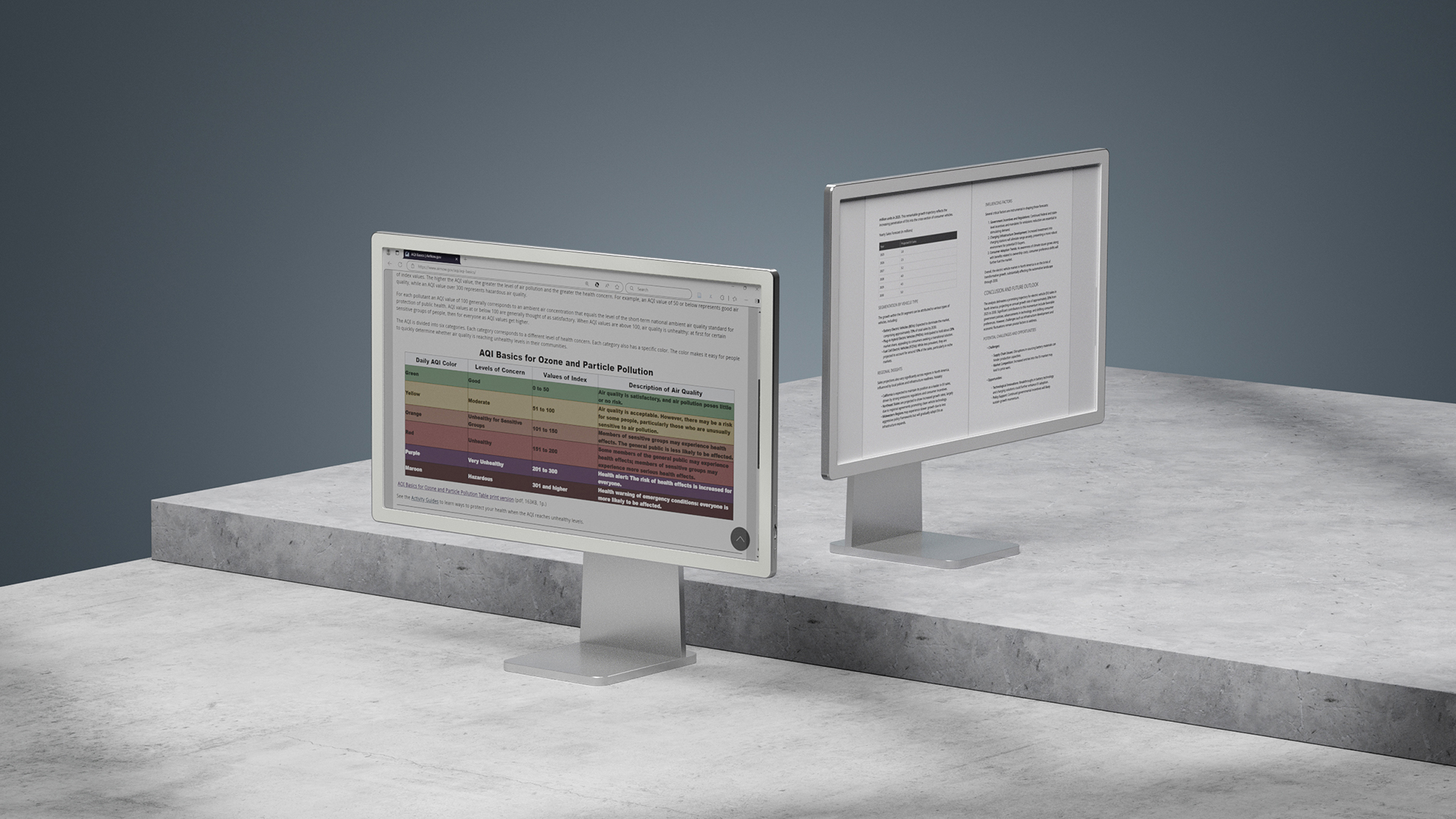






















![Apple's 11th Gen iPad Drops to New Low Price of $277.78 on Amazon [Updated]](https://images.macrumors.com/t/yQCVe42SNCzUyF04yj1XYLHG5FM=/2500x/article-new/2025/03/11th-gen-ipad-orange.jpeg)



![[Exclusive] Infinix GT DynaVue: a Prototype that could change everything!](https://www.gizchina.com/wp-content/uploads/images/2025/05/Screen-Shot-2025-05-10-at-16.07.40-PM-copy.png)



